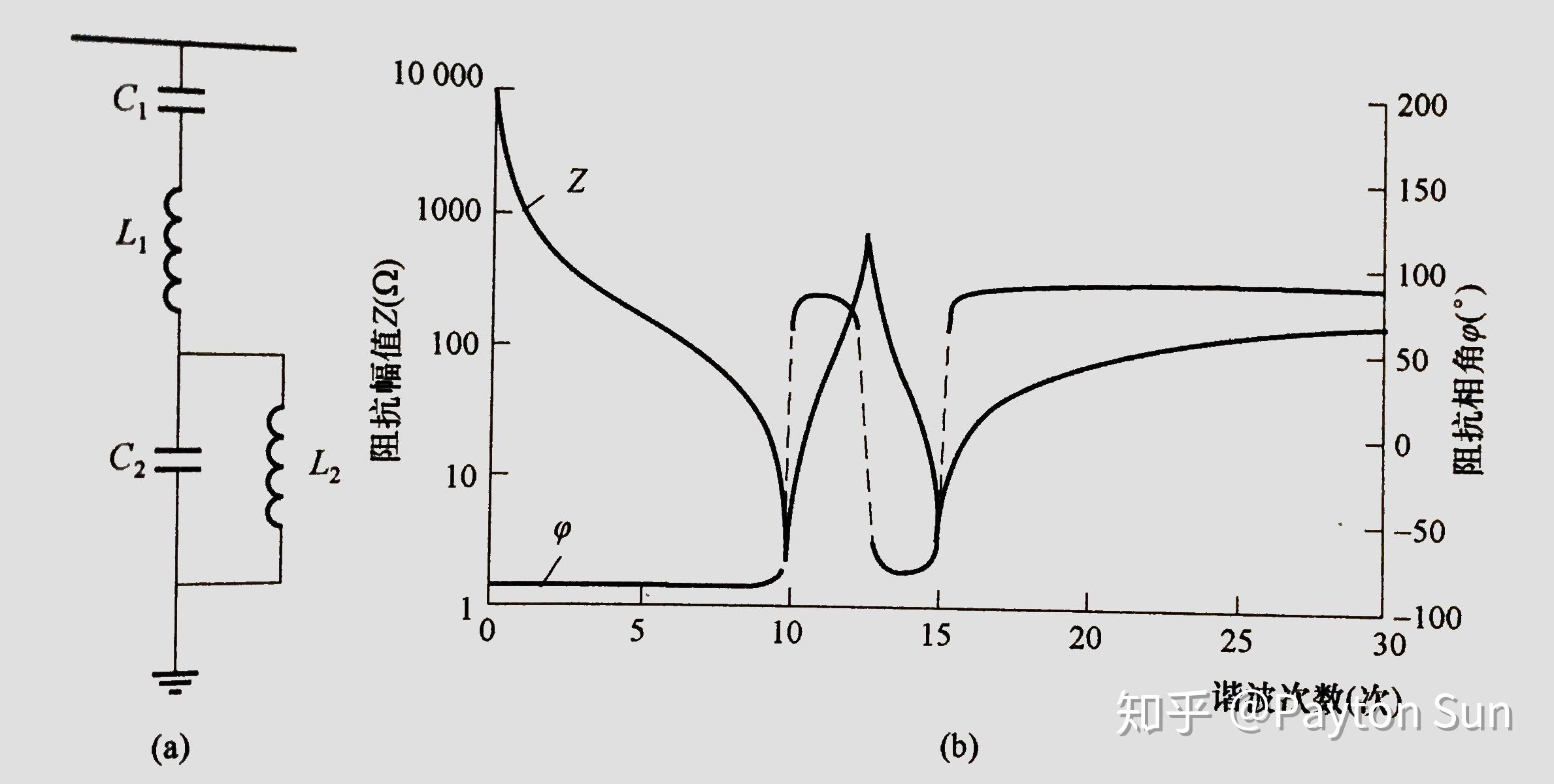

Moreover, we wish to use four resonators and realize a shape of a 0.1 db ripple Chebyshev filter. Assume now that we wish to design a bandpass filter with a center frequency of 3.7 MHz and a bandwidth of 0.1 MHz. The reader can readily verify that the two are equivalent. These programs design double or triple tuned Butterworth filters.
DOUBLE TUNED FILTER DESIGNER WINDOWS
This is a simplified version of the equation set used in DTC.exe and TTC.exe, the Windows based programs distributed with EMRFD. This is a value easily realized at 7 MHz with a toroid core. We have picked inductors of 1.5 uh (1500 nh) with an unloaded Q of 200. In the example we consider a 7.1 MHz filter with a bandwidth of 0.2 MHz.

This is NOT a case where L is predicted by the design process. There is a wide variety of L values that will work in such designs. The parameters at the top of the work sheet are input parameters including center frequency and bandwidth as well as a description of the inductors that will be used to realizeģ the filter. Different k and q will yield new filter shapes. Denormalization occurs for a desired bandwidth and center frequency. The k parameter is a normalized coupling coefficient while the q is a normalized Q for the end sections. However, we note that in this double tuned circuit example we have included the k and q values for a Butterworth filter. The MathCad work sheet is shown below.Ģ We will not discuss the equations in any detail, for they are presented in the book.

We recommend that you do your own program in a format that is familiar to you. Numerous programming languages can be used. These equations are easily read and used to form your own programs for a programmable hand calculator or a computer. In this example we have put the equations into MathCad. We begin with the equation set presented in a sidebar on page 3.14 of EMRFD.
DOUBLE TUNED FILTER DESIGNER SOFTWARE
We will show how software attached to EMRFD is used to evaluate such a preselector. This is a circuit that can be tuned over a fairly wide range with approximately a constant bandwidth. Often there is an interest in building a preselector filter. The equation set and software distributed with EMRFD will be used in this exercise. The method is presented through an illustration with a 4th order LC filter for the amateur 80 meter band. We will then show how the same set of equations, and any program that might be written around it, can be used to design a higher order filter. In this note we will present the simple equations needed for designing a double tuned circuit. However, there is sometimes a need for a LC filter of order beyond 2 or 3. These filter forms are often adequate for many applications. 1 Designing High Order LC Bandpass Filters from EMRFD JWes Hayward The information presented in Experimental Methods in Radio Frequency Design concerning LC Filters concentrates on the double and triple tuned circuits.


 0 kommentar(er)
0 kommentar(er)
